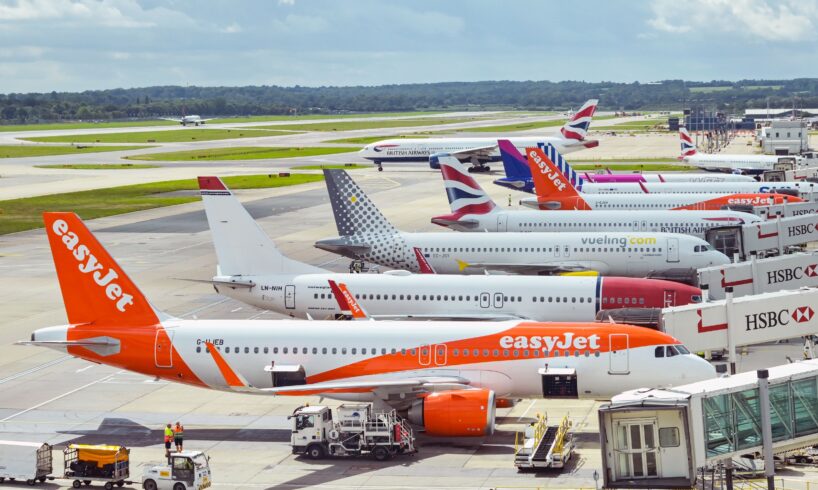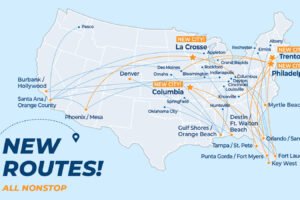
The UK’s largest airport is set to expand following the recent submission of “shovel-ready” plans for a third runway. Spanning two miles, the proposed runway would cross a rerouted section of the M25 and accommodate over 750 additional flights per day across London, effectively doubling the airport’s capacity and potentially creating around 100,000 new jobs.
According to a statement by London Heathrow Airport (LHR) on August 1, 2025, the £21 billion ($27.9 billion) project could also open the door for low-cost carriers such as UK-based easyJet to begin operations at the airport, where it currently has no presence. The news was first flagged by aeroTELEGRAPH.
A Possible Future Gateway For easyJet?
Photo: London Heathrow Airport
The easyJet chief has recently signaled that the budget airline could establish a presence at Heathrow once the third runway is completed. This would mark a significant shift for easyJet, adding a first-tier airport to its portfolio. In turn, easyJet’s entry into the new market would offer passengers lower-fare travel options.
The budget airline would most likely consider launching operations from Heathrow within the next ten years, once the project is expected to be completed (provided it proceeds without delays). For now, the airport remains one of the most slot-constrained hubs in the world, making it extremely difficult to secure access. Naturally, the addition of a third runway would open up more slots and make landing fees more adjustable. Commenting on the proposed plan for the third runway at LHR, Kenton Jarvis, CEO at easyJet, said:
“Expansion at Heathrow will provide consumer and economic benefits and represents a unique opportunity for easyJet to operate from the airport at scale for the first time and bring with it lower fares for consumers.”
The Third Runway Would Double The Existing Capacity
Photo: EQRoy | Shutterstock
In 2024, LHR handled almost 84 million passengers across nearly 474,000 aircraft movements. However, as experts have noted, the chances of further growth are limited without a third runway, due to the facility already operating more or less at capacity. According to Heathrow, its proposal for a third runway to the northwest of the existing site would raise its annual capacity to 150 million.
The runway has received government approval, and would be 3,500 meters long, enabling the airport to handle up to 756,000 flights a year. This would be supported with the construction of a new Terminal 5X and three new satellite terminals, as well as the expansion of Terminal 2, with “30 new daily routes, extra domestic connections, and a better selection of flight times” among its other benefits.
Naturally, this expansion will require a significant investment. The third runway alone is now estimated to cost £21 billion, an increase of 50% from the original £14 billion estimate made in 2018, largely due to construction inflation. Additional expenses include £12 billion for new terminal and stand capacity, as well as £15 billion to modernize the existing airport infrastructure. Altogether, the total investment is expected to approach nearly £50 billion.
Opposition By Environmental Groups
Photo: Ceri Breeze | Shutterstock
Discussions about significantly expanding LHR have been part of the public discourse for decades, even before Gordon Brown’s Labour government approved the project on economic grounds in 2009. However, the proposal for a third runway has long faced public opposition, primarily due to environmental concerns.
Responding to the proposed third runway project, Tony Bosworth, climate campaigner at Friends of the Earth, said this project “raises serious, unanswered questions about how it fits with the UK’s climate commitments.” He added that the scale of growth it would generate is uncertain, and “meeting climate targets would rely heavily on expensive, unproven technologies.”
IATA Code
LHR
City
London Heathrow
Designation
Major-International
CEO
Thomas Woldbye
Bosworth emphasized that expanding Heathrow and other UK airports will inevitably increase emissions, intensify air and noise pollution, and negatively impact surrounding communities.






